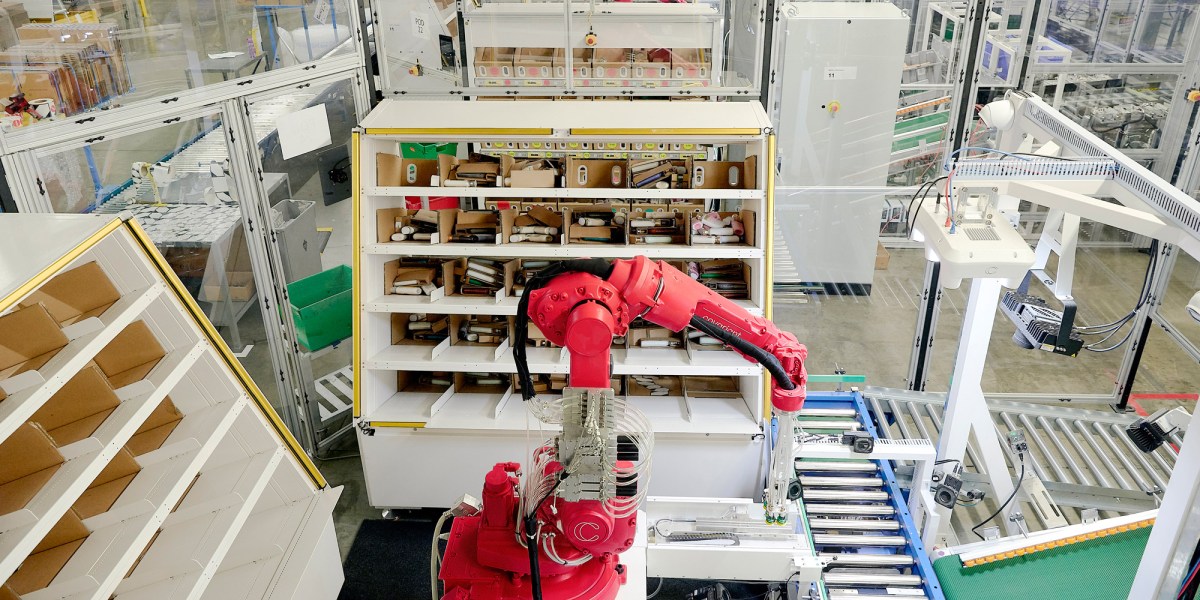- Arvind's Newsletter
- Posts
- Arvind's Newsletter
Arvind's Newsletter
Issue No #1067
1.Mumbai gets its first coastal road, it opened for people on Tuesday
Maharashtra Chief Minister Eknath Shinde inaugurated the first phase of the south Mumbai coastal road between Worli and Marine Drive on March 11.
Named the 'Dharmaveer Sambhaji Maharaj Coastal Road' after Chhatrapati Sambhaji Maharaj, the inauguration date was selected to be on his death anniversary (March 11). Sambhaji is the son of Maratha king Chhatrapati Shivaji Maharaj.
According to CM Shinde, the second phase of the Mumbai coastal road project is likely to be completed by May 2024.
Features to note
— The 53-km-long coastal road project which began on October 13 2018, will be connected to the Bandra-Worli Sea Link and extend to Dahisar.
— The southbound carriageway stretching from Worli to Marine Drive, opened at 8 am today, significantly slashes travel time from 40 minutes to 9 minutes.
— BMC civic chief Iqbal Singh Chahal said this is expected to lead to an annual saving of nearly $100 million in carbon emissions through fuel efficiency.
2.Hedge funds threaten to pull India investments due to regulatory crackdown
Hedge funds are threatening to pull investments from India because of controversial new rules introduced in response to last year’s short seller attack on Adani, one of the country’s biggest companies.
The rules, from Indian markets regulator Sebi, require big foreign investors — including hedge funds — betting on Indian stocks to reveal all their end investors, something the funds argue would create “severe practical difficulties” for funds and mark a stark departure from international practice.
Large global banks also feared they would be caught by an earlier version of the rules. Banks including JPMorgan, Goldman Sachs, BNP Paribas, Société Générale and UBS wrote to Sebi in January warning there were “material legal and regulatory reasons” why it would be “very difficult” to supply investors’ information to the regulator.
Their concerns have been partially allayed, however, after the regulator clarified carve outs for many of the funds the banks do business with, making it less likely the banks’ clients will be caught by the rules.
3.BigBasket, Flipkart quicken delivery to counter quick-commerce
The business of selling online is converging on one goal: deliver quickly. Flipkart is re-entering quick commerce. Meanwhile, BigBasket is offering two-hour delivery. To get things going, both firms are overhauling how they store and move goods, The Economic Times reports.
BigBasket has replaced delivery vans with two-wheelers, designed to deliver smaller orders faster and more frequently in a smaller service area. It has also removed loading docks for vans and made space for more goods—an average dark store carries 3x more stock keeping units, a measure of the number of products.
4.India’s iPhone factory is providing jobs for women from rural Tamil Nadu but keep women workers isolated
Women workers are housed in hostels that restrict their movement. This helps keep a lid on their working conditions, activists say.
An interesting article in Scroll- how Chinese model may or may not work in India without tweaking.
5.An OpenAI spinoff has built an AI model that helps robots learn tasks like humans, reports MIT Technology review
In the summer of 2021, OpenAI quietly shuttered its robotics team, announcing that progress was being stifled by a lack of data necessary to train robots in how to move and reason using artificial intelligence.
Now three of OpenAI’s early research scientists say the startup they spun off in 2017, called Covariant, has solved that problem. They’ve unveiled a system that combines the reasoning skills of large language models with the physical dexterity of an advanced robot.
The new model, called RFM-1, was trained on years of data collected from Covariant’s small fleet of item-picking robots, as well as words and videos from the internet. Users can prompt the model using five different types of input: text, images, video, robot instructions, and measurements. The company hopes the system will become more capable and efficient as it’s deployed in the real world. Read the full story.
6.Some Like It Bot: Realistic digital Marilyn Monroe to make debut
Are you a fan of Marilyn Monroe and would like to talk to a very realistic digital version of her? That could now be possible.
More than 60 years after her death, Digital Marilyn - created with the help of artificial intelligence - will make her debut on Friday at the South by Southwest tech conference in Austin, Texas.
Appearing via computer screen in a modest black turtleneck sweater and sporting her familiar blonde pixie hairstyle, the iconic actress's digital doppelganger will converse in her familiar breathy voice. She can express emotions, such as smiling in response to a compliment.
Digital Marilyn was built by Soul Machines, an AI firm that specializes in creating realistic digital people, in partnership with Authentic Brands Group. The marketing firm owns a portfolio of brands, including the likeness rights to Monroe as well as other dead celebrities.
7.How I Learned to Concentrate, Cal Newport in New Yorker
his recent New Yorker essay, Carl Newport goes back to his research years at MIT to highlight an insight that’s key to navigating the current era filled with distractions. Focus matters more than the time you spend on an activity. Quality time = concentration.
Newport writes: “Another lesson of my M.I.T. years was the fundamental separation between busyness and productivity. Scientists who work in labs, and have to run experiments or crunch numbers, can famously work long hours. Theoreticians can’t, as there’s only so much time you can usefully think about math. Right before a paper deadline, you might push hard to get results written up. On the other hand, weeks could go by with little more than the occasional brainstorming session. An average day might require two or three hours of hard cogitation.
The idea of taking your time to find the right idea was central to my experience. As a graduate student, I was sent all around Europe to present papers at various conferences. The meetings themselves weren’t the point. It was the conversations that mattered—one good idea, sparked on a rooftop in Bologna or beside Lake Geneva in Lausanne, was worth days of tiring travel. But despite long periods of apparent lethargy, we still were productive. By the time I left M.I.T. to start my job at Georgetown, I had already published twenty-six peer-reviewed papers—and yet I’d never really felt busy.…
Too many of us undervalue concentration, and substitute busyness for real productivity, and are quick to embrace whatever new techno-bauble shines brightest. You don’t have to spend hours staring at whiteboards or facing down monster minds for these realizations to ring true. M.I.T. is preposterous—but in its particulars it may have also isolated something that the rest of us, deep down, know is important.”




